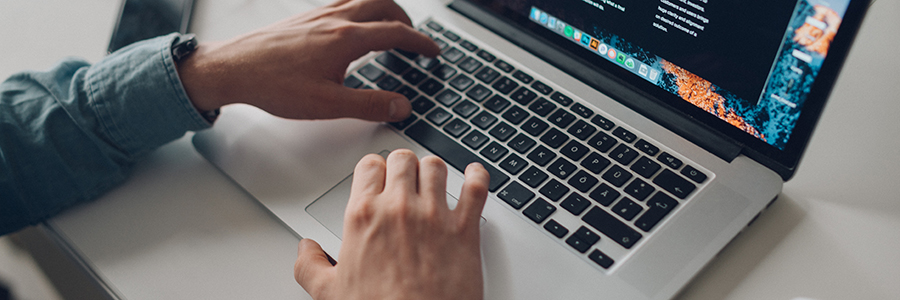Whether employees are working in an office or clocking in from home, security must be a top priority for IT teams. Though the threats may differ between work and home environments, the goal is the same – to reduce the risk of cyberattacks that lead to costly and damaging theft and data breaches, without getting in the way of employee’s work.
With more employees remote than ever before, it’s critical to revisit your security strategy. Increasing security for your remote workforce may require investing in new technology, updating your policies, or changing the way you use existing technology.
Here are 5 quick tips to improve your cybersecurity strategy for your remote workforce:
Implement single sign-on
Visibility is key to understanding potential security threats. Single sign-on (SSO) gives IT much-needed oversight of apps and services in use across the business. By centrally deploying and managing employee access to every application, IT can ensure that the right employees have access to the right information when and where it is appropriate, based on their role, expected work location, and more. SSO can be deployed across the entire organization and is built into everyday tasks, rather than burdening employees with complicated access requirements.
Use a password manager
For many collaborative virtual teams, sharing credentials is necessary to get the job done. But for IT, it’s a security nightmare to have passwords floating around in emails, chats, text messages, and Excel documents. A password manager gives IT centralized oversight of company password hygiene, ensuring shared passwords are encrypted, and only available to the intended recipient. With a vault to store and manage credentials, as well as a password generator to create randomized passwords, a password manager makes strong password hygiene easier.
Add multifactor authentication
Multifactor authentication (MFA) can add protection to all virtual entry points by requiring more than just a single credential when an employee tries to access something. The additional layer of security helps prevent unwanted logins, and takes an additional step to ensure employees are who they say they are. From SSO apps, employee workstations or even your organization’s VPN, MFA heightens security by locking down an account if login activity is suspicious, while making everyday activities easy for trusted users.
Review reporting logs
With centralized solutions like SSO, password management and MFA, IT can leverage detailed reporting logs to monitor employee access for signs of problems. Reports that can be filtered and customized allow IT to see who has access to what, whether any suspicious logins or attempted logins have taken place, and where employee behaviors like duplicated passwords might be putting the company at risk. IT can then be more targeted about preventative actions and can measure progress over time in achieving cybersecurity goals.
Monitor the dark web
An employee’s personal cybersecurity habits can directly impact a company’s security. This is especially true in a remote work environment, when there is likely to be more crossover between work and personal on the same devices. With dark web monitoring, employees receive alerts when their passwords and other personal information have been leaked in a data breach and are at risk of being used by cyber thieves. Employees can then respond to any potential threats by taking action, such as updating passwords or freezing their credit. Helping employees be more diligent with their personal cybersecurity will also benefit the company’s overall security posture.
Add security, not complexity, for remote work
Securing a remote workforce doesn’t need to be complex. The key is to secure all your employee logins, applications and credentials for holistic security, with a simple experience that helps boost productivity.


